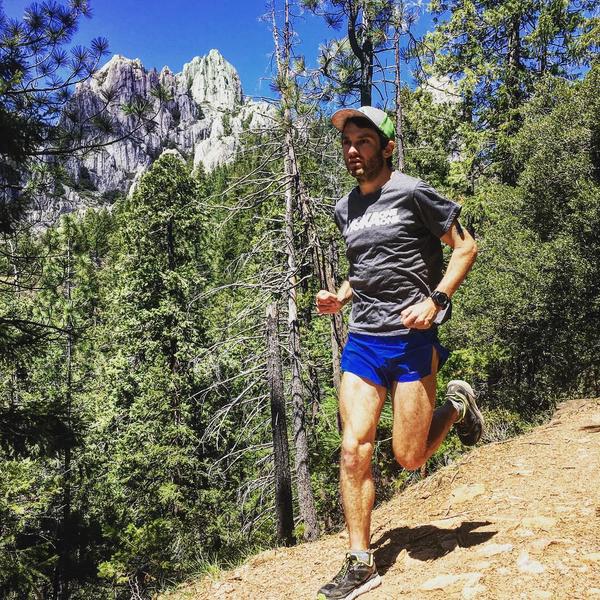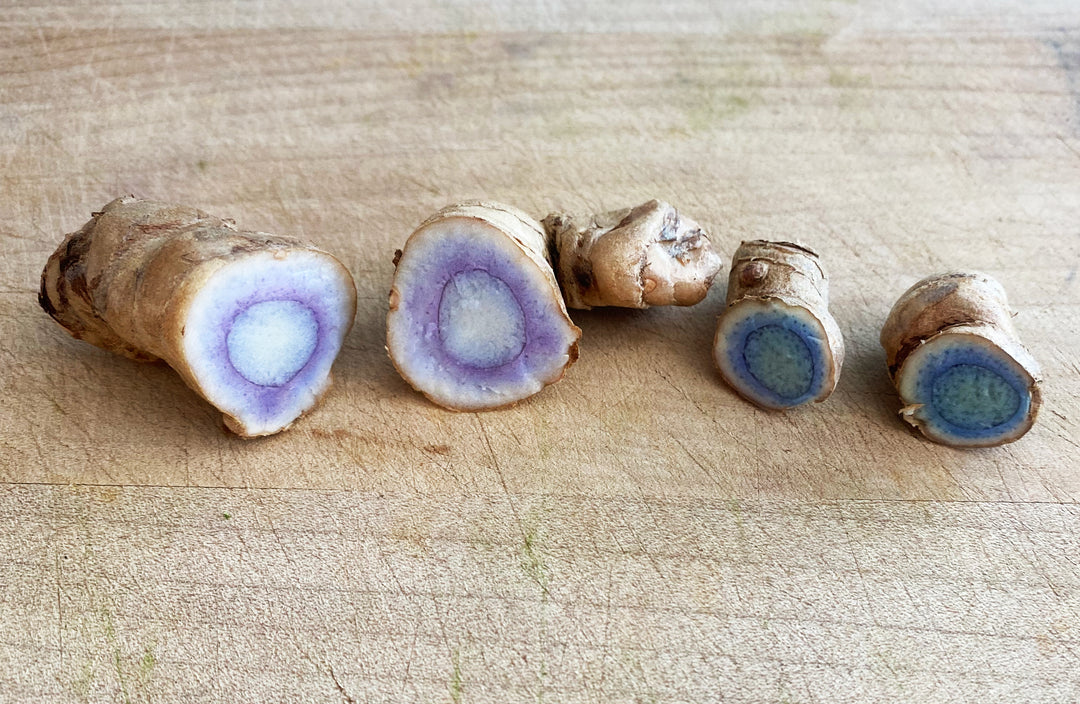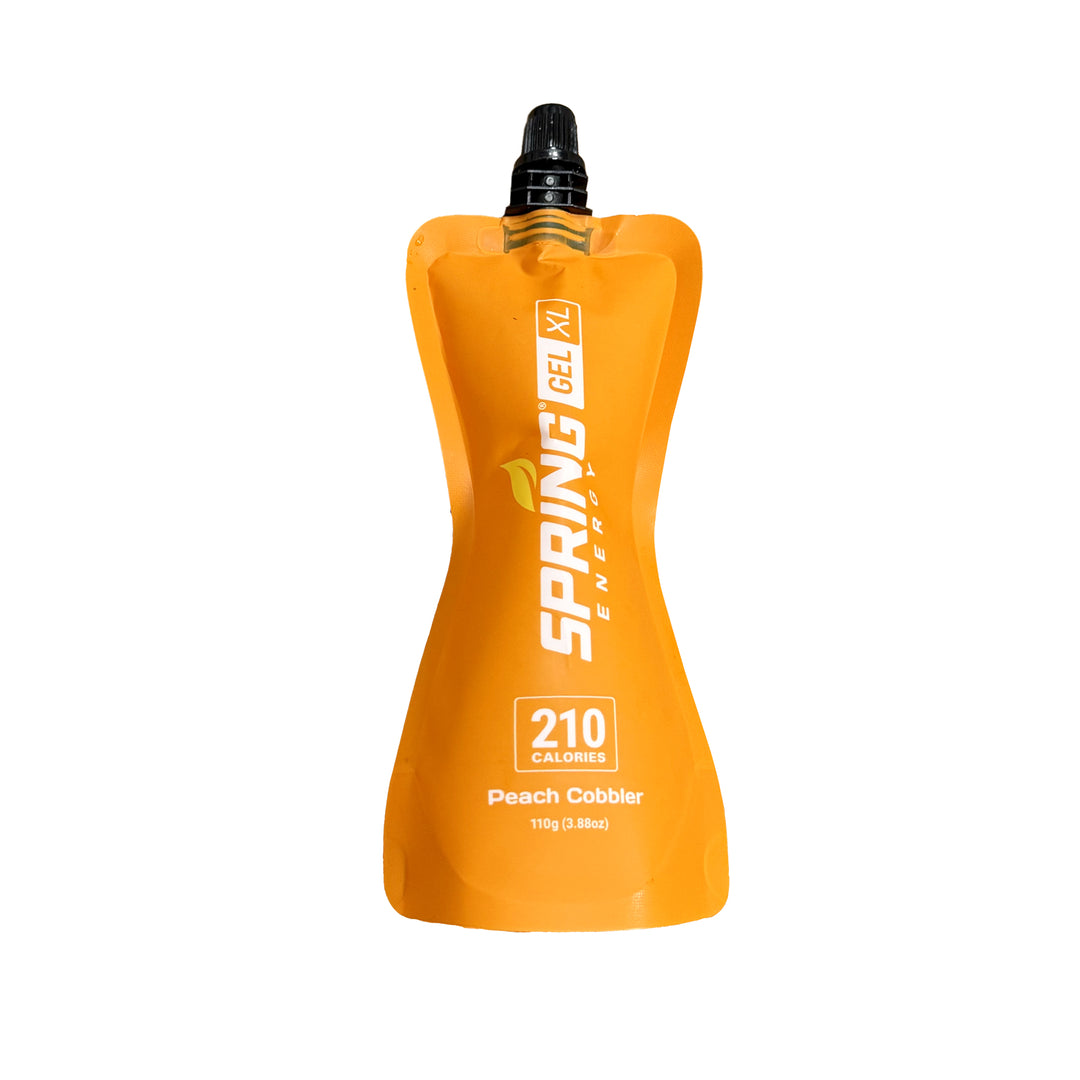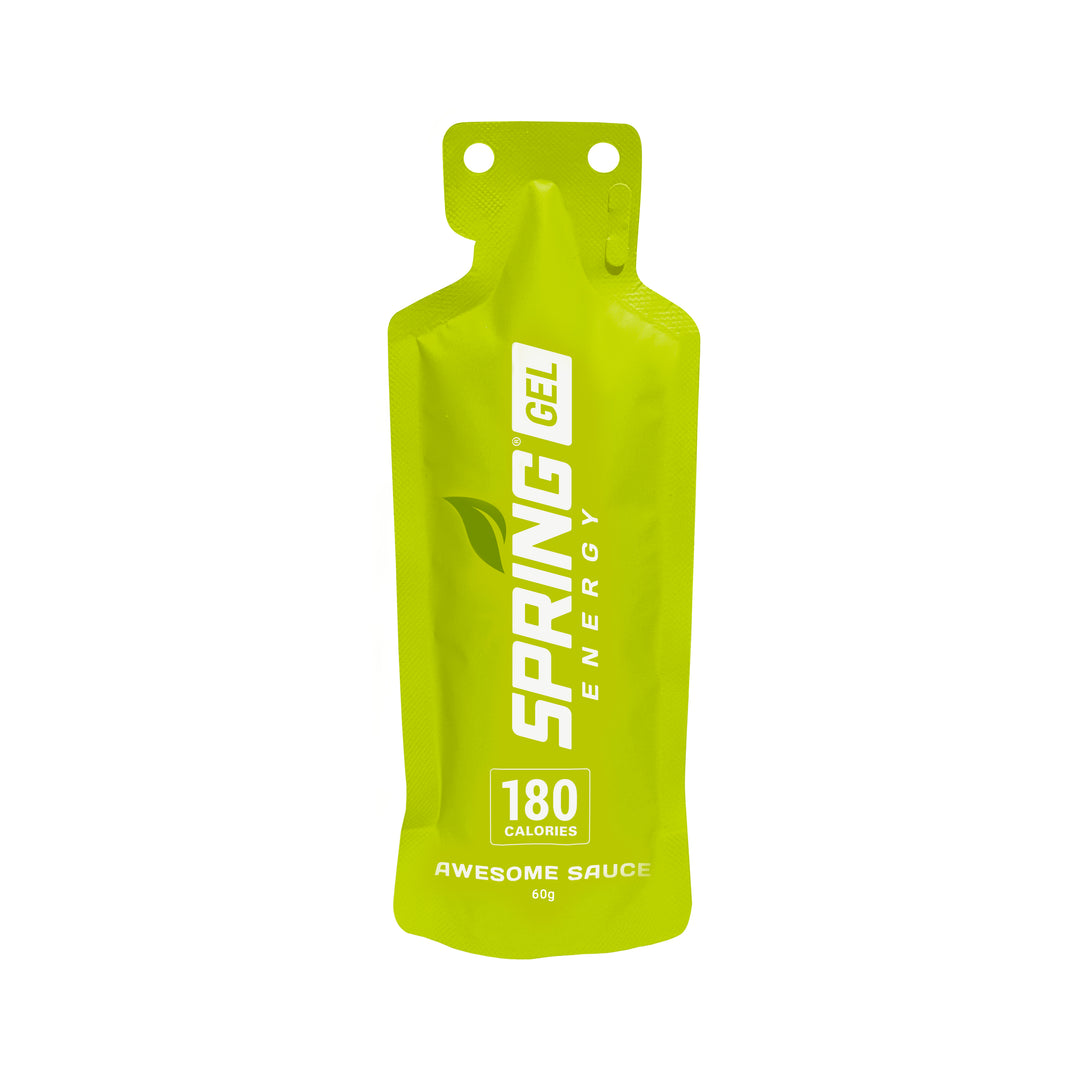GI Gut Bomb: factors affecting ultrarunning nutrition

By Ryan Ghelfi

As an ultrarunning running coach one of the most often asked questions I get revolves around race day nutrition. Ultrarunners have nearly all had numerous experiences of GI distress causing them to slow down, sit down, and sometimes drop out of long races. Much of the discussion usually is about “what to eat” and of course this is important stuff. But there is much more to maintaining a working GI system in long races than purely what you put in the gas tank.

If you think about our bodies somewhat holistically there are many factors at play that affect our ability to digest the calories we consume. Maybe the most important one of these is pacing. Many of us don’t consider this relationship when dissecting GI issues post-race, but we all should. Basically, we have a limited blood/nutrient supply in our bodies. Digesting food requires some of this resource. So does running! The harder we run the more blood is required to help power our working muscles, and less blood is available to help our GI system do its job of breaking down the food we consume.

Over the course of long races, this shunting of blood away from the GI system can have devastating consequences. This problem can be further exacerbated by heat. Hot conditions cause us to use more of our blood for bringing heat from the core out to the skin to keep us from overheating. The GI system really gets neglected in hot conditions when we are pushing too hard for too long. This combination of factors is why at a race like the Western States 100 so many competitors crumble and can’t eat much if at all during the heat of the day.

So, what can you do? First, you can be super realistic with the pace that you should actually be running early in a long race. Make a plan and stick to it, even if you feel good early on. This will help you maintain a working GI system. If you are in a hot race you should have methods to cool yourself off as much as possible. These can be as simple as loading your pack, bandana, and arm sleeves with ice as often as possible. Use creek crossings to soak your hat and shirt. Not only will you feel better by cooling off, but your body will have a chance to move some blood back to your GI system and work on digesting the calories you just took in!

Hopefully, this primer can give you some ideas for things you can try to do in your next long race or training run to keep fueled and avoid a dreaded gut bomb catastrophe!
Ryan Ghelfi is a coach @ Trails and Tarmac, a professional Hoka One One runner, and Spring ambassador







Leave a comment